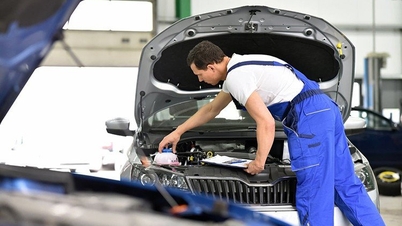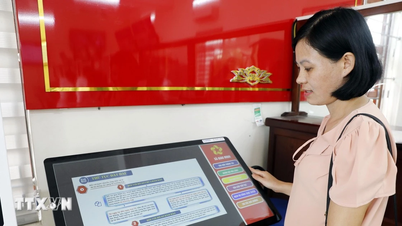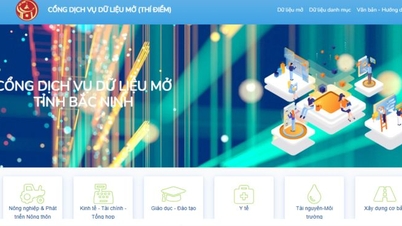 |
Neo Robot is not capable of automating everything as advertised. Photo: WSJ . |
In recent days, social networks have been filled with videos of Neo, a humanoid robot that is advertised to be able to clean, do laundry, wash dishes, even charge its own battery and live in the house like a butler. Many people call this one of the most notable technology products of 2025. However, the reality behind this device is far from what is described in the promotional videos.
According to the introduction, Neo is 1.68 m tall, weighs about 30 kg, can operate continuously for 4 hours and return to the charging dock by itself. This robot almost replaces humans in daily life. The product has opened for pre-order, with a price of 500 USD / month as a subscription or 20,000 USD if you want to own it for life.
However, according to a hands-on video by WSJ tech reporter Joanna Stern, all of Neo’s actions during the demonstration were remotely controlled by a technician wearing a VR headset in another room. That is, the robot did not actually perform any of the actions in the demonstration video on its own, except for a few basic actions like opening doors and putting away empty cups.
In the official introduction video of 1X, the developer of Neo, only 2 scenes are noted as automatic operations. The rest are all human-controlled operations. This has led many experts to believe that the gap between the product's actual capabilities and the advertising promises is too large.
The idea of home robots is not new. For many years, major technology companies such as Tesla, Boston Dynamics or Agility Robotics have been researching humanoid robots that can assist people in daily life. However, making robots able to recognize the environment, classify objects, determine location and handle a series of complex situations in the home is still a difficult problem in the field of AI.
To achieve full autonomy, Neo needs an AI system that can understand space, recognize thousands of types of objects, and respond flexibly to changes in the environment, according to experts. This technology is still in the research stage and requires a huge amount of training data.
The fact that the robot must transmit video and audio data in the home back to the controller or central system increases the risk of privacy and information security. In addition, the price of 20,000 USD and the product is not yet complete makes many people doubt how many people are willing to pay for a robot that still needs a human behind the controls.
Source: https://znews.vn/cu-lua-robot-giup-viec-tu-dong-post1598432.html


![[Photo] Panorama of the Patriotic Emulation Congress of Nhan Dan Newspaper for the period 2025-2030](https://vphoto.vietnam.vn/thumb/1200x675/vietnam/resource/IMAGE/2025/11/04/1762252775462_ndo_br_dhthiduayeuncbaond-6125-jpg.webp)
![[Photo] The road connecting Dong Nai with Ho Chi Minh City is still unfinished after 5 years of construction.](https://vphoto.vietnam.vn/thumb/1200x675/vietnam/resource/IMAGE/2025/11/04/1762241675985_ndo_br_dji-20251104104418-0635-d-resize-1295-jpg.webp)
![[Photo] Ca Mau "struggling" to cope with the highest tide of the year, forecast to exceed alert level 3](https://vphoto.vietnam.vn/thumb/1200x675/vietnam/resource/IMAGE/2025/11/04/1762235371445_ndo_br_trieu-cuong-2-6486-jpg.webp)


![[Photo] Ho Chi Minh City Youth Take Action for a Cleaner Environment](https://vphoto.vietnam.vn/thumb/1200x675/vietnam/resource/IMAGE/2025/11/04/1762233574890_550816358-1108586934787014-6430522970717297480-n-1-jpg.webp)


























































































Comment (0)